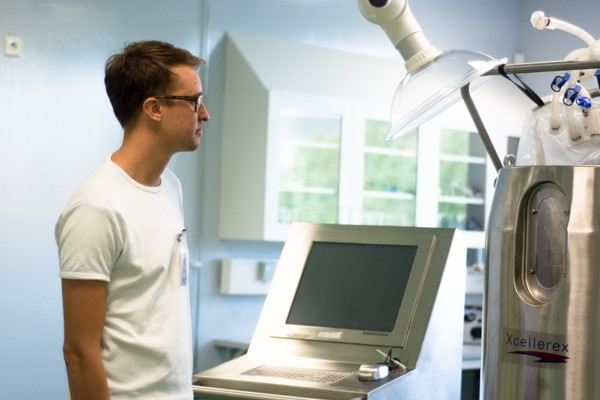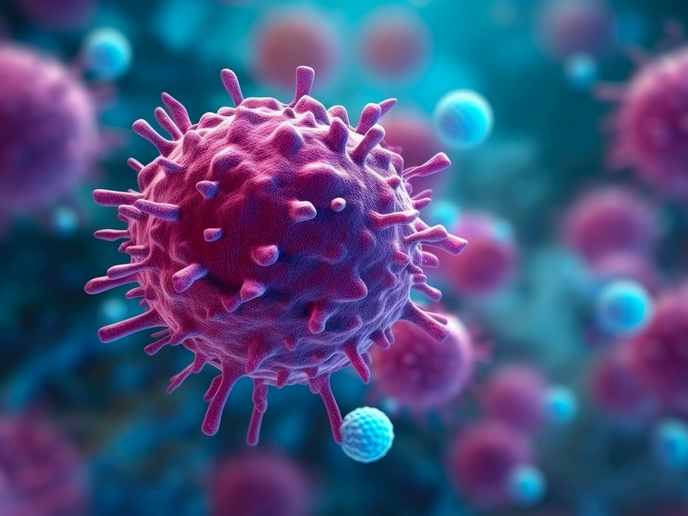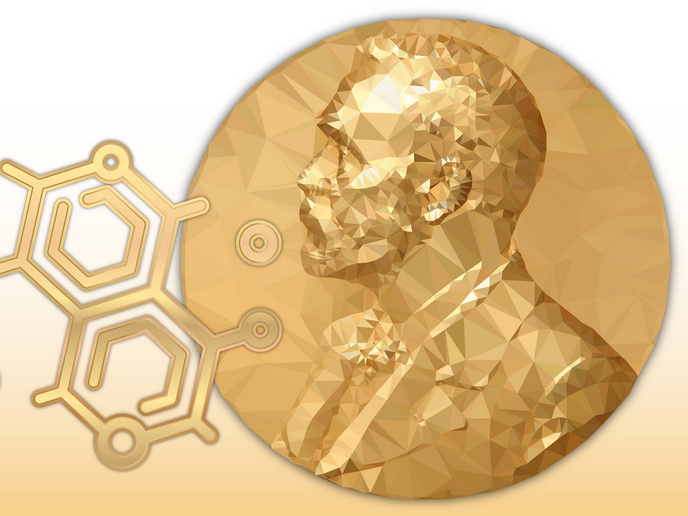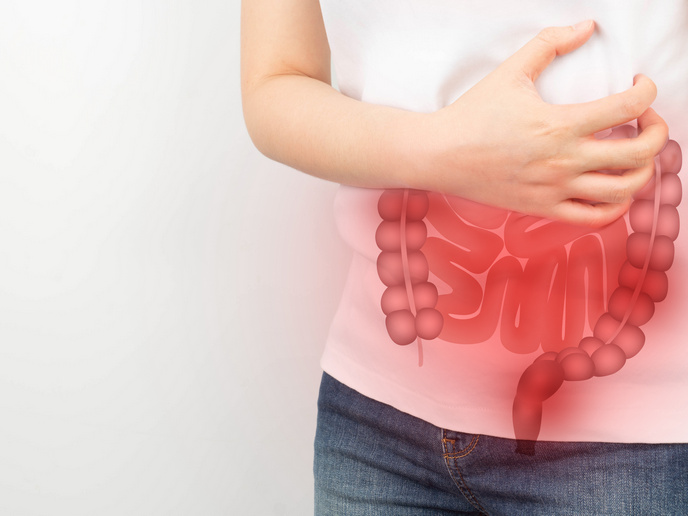Genetically modified bacteria heal wounds in people with diabetes
Wound healing involves the recruitment of specific immune cells to the site where they initiate the tissue repair process. Patients with diabetes display a reduced healing ability alongside an increased susceptibility of acquiring wounds which translates into reduction in lifetime expectancy.
Engineering human chemokine production from bacteria
The EU-funded WHILYAS project developed biological drugs that are produced at the actual wound site by lactic acid bacteria which serve as mini bioreactors. “Our approach tricks the body into thinking that the wound is much larger and thus accelerates the healing process,″ explains project coordinator Evelina Vågesjö. Researchers selected the CXCL12 chemokine well-known for its role in the regenerative process. However, due to its inherently short half-life, CXCL12 has been under-explored as a therapeutic modality. To overcome this limitation, WHILYAS researchers decided to produce the human chemokine continuously at the wound site by live genetically engineered lactic acid bacteria. The ILP100 drug produced by www.ilyapharma.se (Ilya Pharma) is the first candidate to reach clinical proof of concept with topical application and comes in a freeze-dried formulation. The bacteria are revived immediately prior to application onto the wound by adding a small volume of buffer solution. The key objective of the WHILYAS project was to accelerate development of the ILP100 drug candidate through toxicity testing in large animal models and in human subjects. The large animal repeated dose toxicity study has produced very good safety and efficacy results, with an acceleration of healing and a reduction of scarring. Researchers have scaled up the bioprocess and produced a GMP-cell bank for future use. Results from the ongoing first human clinical trial in healthy volunteers indicate drug safety and local tolerability. Assessment of wound healing, scarring, blood flow and wound microbiome are secondary exploratory end points.
Clinical impact and future prospects
Current treatment of chronic wounds is limited to the use of different dressings and an overuse of antibiotics, inducing a high cost that in industrialised countries may reach 4 % of the total healthcare budget. The market for wound care is EUR 15 billion and the segment of diabetic foot ulcers is in the range of EUR 1.5 billion. The rationale behind ILP100 development is to heal chronic wounds in patients with diabetes in a better, faster and more cost efficient manner than any other drug or medical device available today or in the pipeline. With ILP100, chronic wounds could heal 66 % faster bringing obvious improvement to the quality of life of patients. Apart from CXCL12, other human therapeutic proteins endogenously involved in tissue regeneration could be exploited. “To comply with drug development regulations of the EMA and FDA, we need to be innovative in each step and have the right expertise and mindset in the team,″ emphasises Vågesjö. The non-clinical data generated during WHILYAS have initiated a financing investment round to fund two phase II clinical trials in different wound indications as well as consequent regulatory and commercial activities. “These activities are paramount to executing the strategic development plan of Ilya Pharma and bringing this next generation of biological drugs to patients fast,″ concludes Vågesjö.
Keywords
WHILYAS, chronic wound, CXCL12, lactic acid bacteria, diabetic foot ulcer







